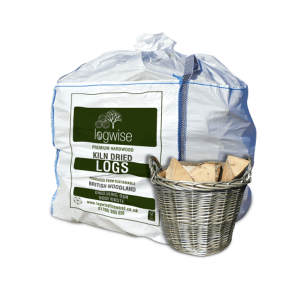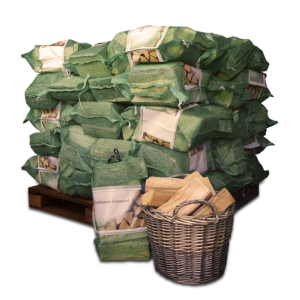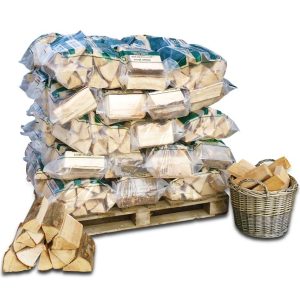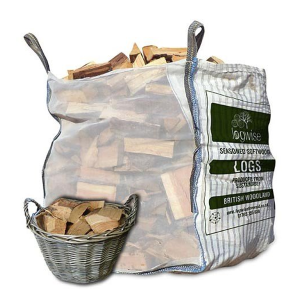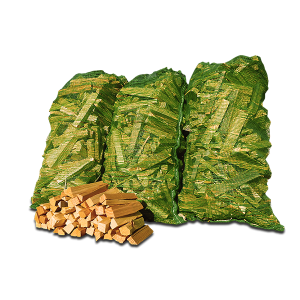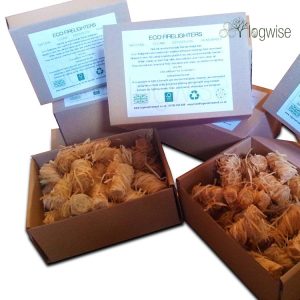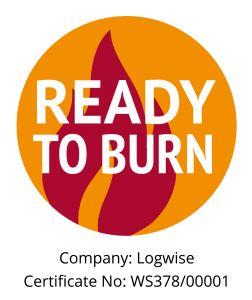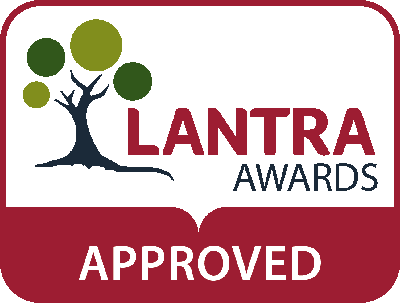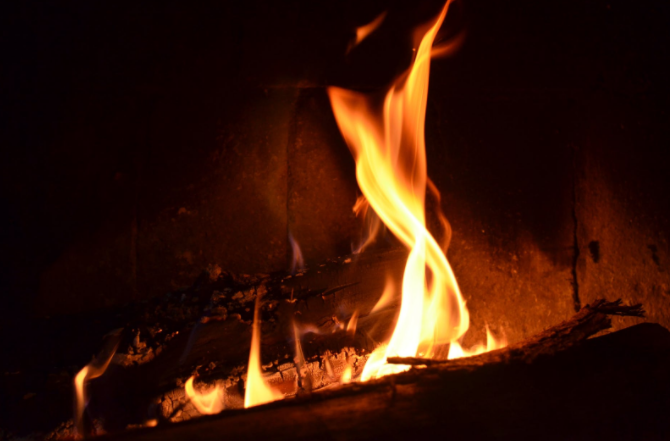
How to light and maintain a perfect fire
Lighting a fire can be harder than it looks.
Whether you’re a seasoned firestarter or someone who’s just about to light up their very first one, this guide is for you. It will cover –
- How to build a fire
- How to light a fire
- How to maintain a fire
- Fire tips for fireplaces, stoves, and wood burners
After reading you’ll be able to build a stable and efficient fire to warm yourself by, drink beer next to, cook sausages on, and more.
How to build a fire: use the right wood
If you’ve ever tried to start a fire by holding a lighter to a log, you’ll know how ineffectual that method is. Wood needs to get hot enough to burn and a puny lighter flame is far too weak.
Which leads us to one of the key principles of building a fire:
Start small!
By using small pieces of kindling and working your way up to larger logs, you give the fire a much better chance at catching and – more importantly – staying alight.
- Kindling should be no more than 3cm thick, and should be tinder dry
- Logs should be between 10-20cm thick
How to build a fire: pick the right shape
Once you’ve got your logs and kindling ready, it’s time to build them into a shape that will burn well. We have two favourites: the Pyramid, and the Jenga.
The Pyramid
Balance two bits of kindling vertically in an upside down V shape. Then, add another two so that when you look from above you see an X. Keep adding pieces until you’ve got something approaching a cone.
When your kindling cone is complete, do the same again above it with logs. This can be a little fiddly, but better balance comes with practice.
When you light the base of your pyramid the fire will work its way up, heating all the wood as it goes. At some point the pyramid will collapse when the lower pieces give way, and this usually results in a neat little fire that will keep burning for a good amount of time.
The Jenga
This technique involves criss-crossing layers of kindling at right angles, and involves much less balancing than the pyramid. Make sure to leave gaps between each piece of kindling, about the same width again, to promote airflow.
You can add logs on top of your kindling jenga, although it’s also just as convenient to chuck them on once the smaller pieces have burned down.
How to light a fire
Once you’ve got your wood set up you need to light the thing. Just like you can’t set a log alight straight away, you’ll probably struggle to light kindling. You need something delicate and easy to light to get things going.
These are your three best options:
- Smaller bits of kindling like sticks, twigs, dry grasses, and dry leaves.
- Newspaper
- Firelighters
You should avoid cardboard, plastics, wood with paint, or any treated timber. You never know which chemicals you’ll be burning, or whether or not they’re toxic.
When it comes to firelighters you need to decide between environmentally friendly products like our chemical free eco firelighters, or bricks and gels that contain potent and environmentally damaging compounds.
No prizes for guessing our preference! ♻✌
With newspaper, gently scrunch up individual sheets. This is far more effective than tight rolls or clumps.
And for sticks, twigs, and similar, make sure to use small, dry bits. Trying to light green leaves or freshly picked grass is more trouble than it’s worth! This method is best used if you’re lighting a fire outdoors.
Simply pop the material under your pyramid or jenga, then hold a lighter or match to it until it lights. If you’ve followed these instructions the flame should grow larger and hotter, eventually spreading upwards to the bigger pieces of wood.
If you’re using a fireplace or stove, make sure the vents are open to encourage good airflow.
How to maintain a fire
Once your fire is lit, attention turns to keeping it going. You’re looking for red hot embers and a slow flame.
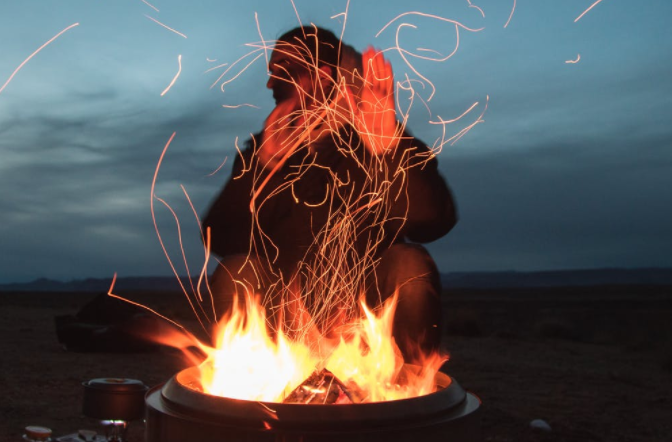
With care you can keep it going for hours
An established fire doesn’t need as much oxygen, meaning you can limit airflow if your burner allows it. Use the air control slider to adjust the amount of oxygen available for combustion. Less oxygen means a slower burn, ideal for maintaining your fire once it’s up and running.
Keep your fire fuelled with logs for as long as you need to. Make sure to add logs before the fire burns down too much, so that the fire is hot enough to heat them up and maintain the flame.
Fire tips
Here are a few tips to help you get a great fire going:
- If you don’t have enough vertical space to build a pyramid, perhaps because you’re using a small stove or similar, get the fire going with kindling first then add logs once it’s ablaze.
- If the fire is spreading slowly, gently blow onto the base of it. You want to add oxygen without blowing so hard that you end up blowing it out.
- Long lighters let you light the fire from further away, reducing the risk of burning your fingers!

